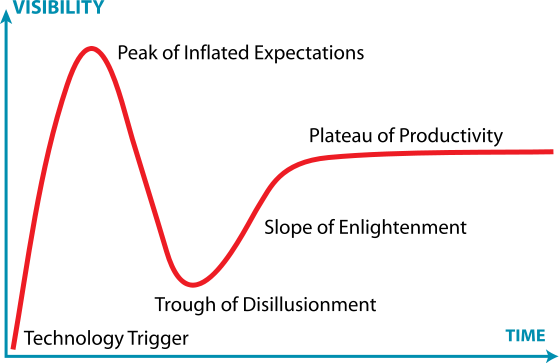The Medical Heritage Library is pleased to announce the addition of titles from the Migel Library of the American Printing House for the Blind.
The M.C. Migel Library at the American Printing House for the Blind is one of the largest known collections of materials related to visual impairment in the United States. The library holds over 20,000 items that range in scope from original research to fiction with characters or authors who are visually impaired. While a majority of the collection is historical, we continue to acquire large numbers of new and relevant items in various formats. The collection includes journals, agency reports, proceedings, organizational newsletters, and a large amount of non-English language materials. The Library is also unique in that it contains thousands of individually cataloged periodical articles that are not thought to be organized by the subject of visual impairment anywhere else. The Migel Library’s online catalog includes items from the Barr Research Library at APH. The Barr Library began in the 1970s as a collection of materials used or authored by the Research Department at APH. As a result, many of its 4,500 items are unique manuscripts that were researched and created at APH.
The Migel Library was started as a circulating collection at the American Foundation for the Blind (AFB) in New York in the 1920s. A reference library for the field was a major priority of AFB’s first director, Robert Irwin. In 1926, the AFB board granted him $1,000 to start the collection. Book donations flooded in from around the country at such a rate that Irwin needed to hire a full time librarian, Helga Lende, in 1929. Lende’s knowledge of the German, French, Spanish, and Scandinavian languages was essential to developing such an inclusive collection – especially considering the amount of blindness research coming out of Europe following the First World War. Lende’s 1940 bibliography Books About the Blind gives a sense of not only the popular literature being collected, but also many unpublished masters’ and doctoral theses in the Migel holdings. By the time Helga Lende retired in 1964, the library had become one of the largest collections in the world in its area of specialty. The Library was named after philanthropist Moses Charles Migel in 1963. Having been inspired by his experiences with blinded soldiers while serving with the Red Cross in World War I, Migel helped found AFB in 1921, and headed their board until 1945. The general stacks of the Migel Library were formally transferred from AFB to the American Printing House for the Blind in Louisville, KY, in 2009.
Digitization of materials began in 2010 as a limited, grant-based project consisting of our most significant items. Thanks to further funding through APH, we have been able to pursue a continuous digitization program for the foreseeable future. We are reviewing the stacks item-by-item to digitize every eligible volume. This includes the small pamphlets and articles that, while unique, were passed-over during the first phase of the project in the interest of efficiency. Our Internet Archive page now includes 2,270 items and we are steadily adding to the number. All future items will be automatically tagged as part of the MHL and thus made available through the MHL’s Internet Archive page, as well forming part of the corpus for the MHL’s full-text search tool and Bookworm.
About the MHL: The Medical Heritage Library (MHL) is a digital curation collaborative among some of the world’s leading medical libraries, promoting free and open access to quality historical resources in medicine. Our goal is to provide the means by which readers and scholars across a multitude of disciplines can examine the interrelated nature of medicine and society, both to inform contemporary medicine and strengthen understanding of the world in which we live. The MHL’s growing collection of digitized medical rare books, pamphlets, journals, and films number in the tens of thousands, with representative works from each of the past six centuries, all of which are available here through the Internet Archive.














